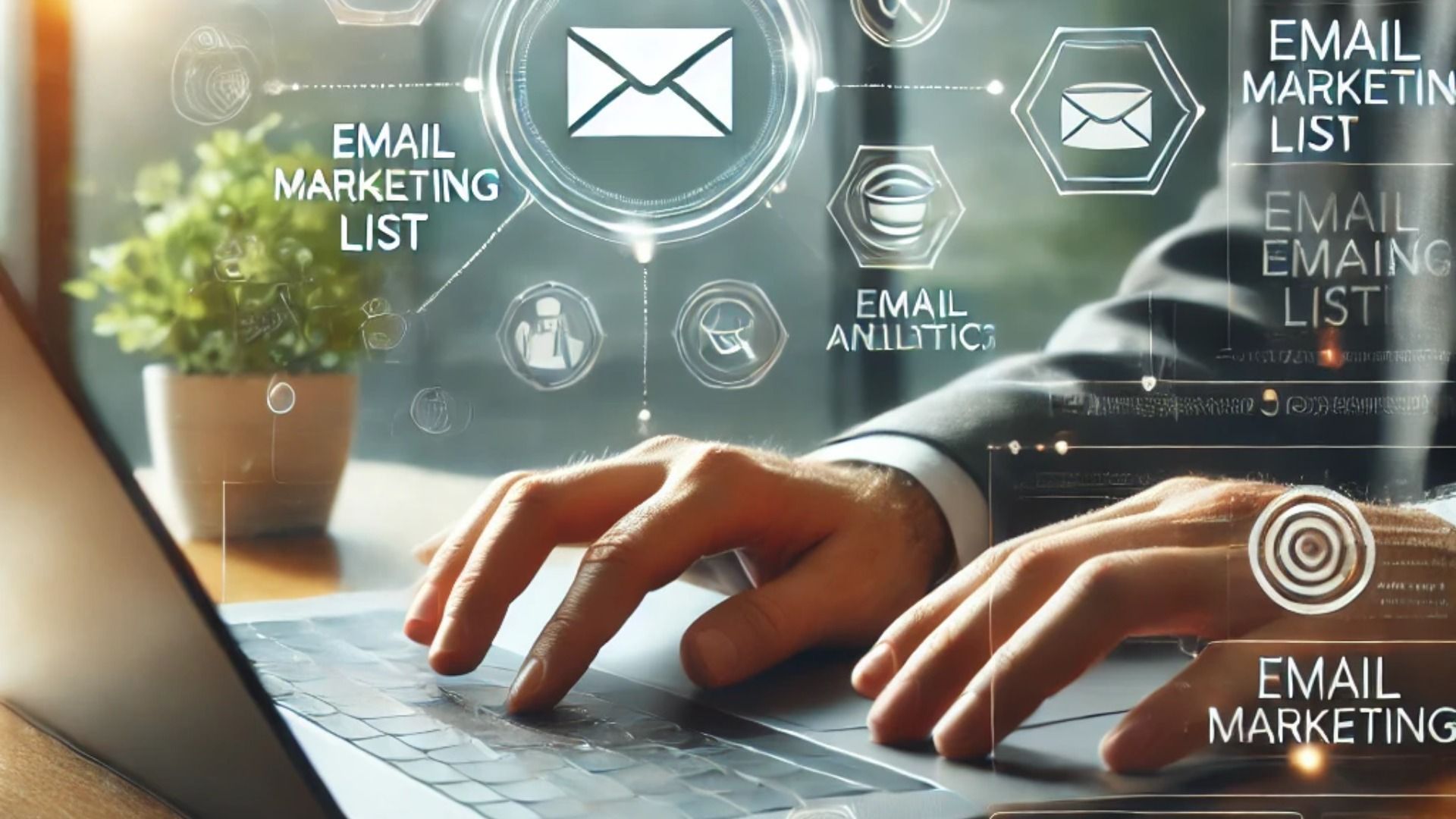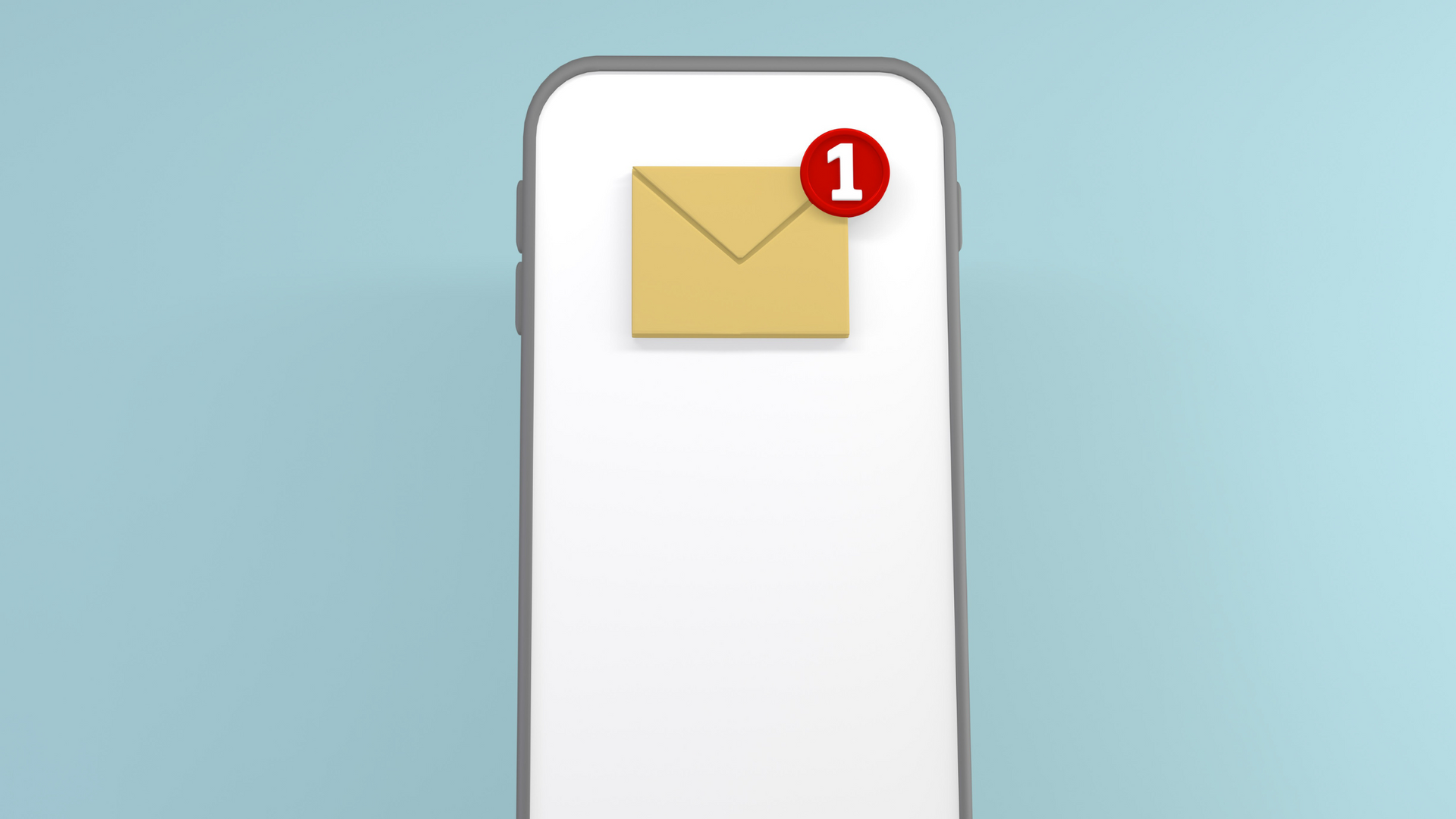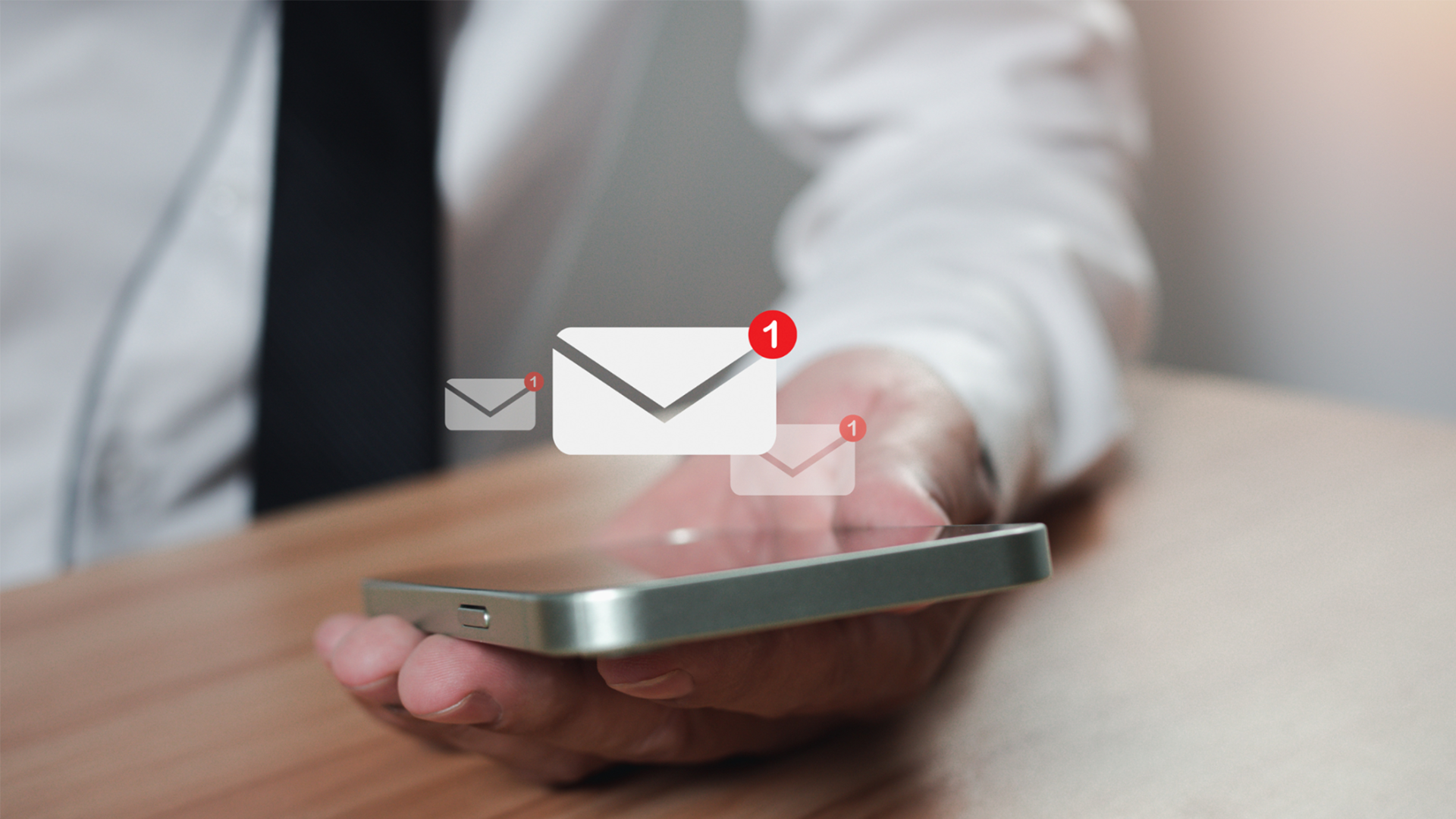Maximizing Engagement: Best Practices for Email Newsletter Campaigns
Proven Strategies to Enhance Your Email Marketing Success

Introduction
In today's digital landscape, email newsletters remain a powerful tool for businesses to connect with their audience. However, with the average open rate hovering around 20%, it's crucial to implement effective strategies to ensure your messages stand out. This article delves into best practices that can significantly enhance the effectiveness of your email newsletter campaigns.
1. Craft Compelling Subject Lines
Your subject line is the first impression your email makes. A compelling subject line can significantly increase open rates. Consider the following tips:
- Be Concise: Aim for subject lines under 50 characters to ensure they display fully on mobile devices.
- Create Curiosity: Pique interest without being misleading. For example, "Unlock Exclusive Tips Inside" encourages readers to learn more.
- Use Actionable Language: Incorporate verbs that prompt action, such as "Discover," "Learn," or "Join."
Remember, the goal is to entice recipients to open your email without resorting to clickbait tactics.
2. Personalize Your Content
Personalization goes beyond addressing subscribers by their first name. Tailoring content to individual preferences can lead to higher engagement. Implement these strategies:
- Leverage Data: Use past interactions and purchase history to recommend relevant products or content.
- Segment Your Audience: Group subscribers based on demographics, behavior, or engagement levels to send targeted messages.
- Dynamic Content: Incorporate elements that change based on the recipient's preferences, ensuring each email feels unique.
By delivering content that resonates with each subscriber, you foster a deeper connection and increase the likelihood of conversions.
3. Segment Subscriber Lists
Not all subscribers have the same interests or needs. Segmentation allows you to send more relevant content to specific groups. Consider the following approaches:
- Demographic Segmentation: Categorize subscribers by age, location, or gender to tailor content accordingly.
- Behavioral Segmentation: Group users based on their interactions with previous emails or website activity.
- Engagement Level: Identify active vs. inactive subscribers and customize your re-engagement strategies.
Effective segmentation ensures that your messages align with the interests and behaviors of your audience, leading to improved engagement.
4. Optimize Send Times
Timing can significantly impact the success of your email campaigns. While there's no one-size-fits-all answer, consider these general guidelines:
- Test Different Times: Experiment with sending emails at various times to determine when your audience is most responsive.
- Analyze Data: Review past campaign performance to identify patterns in open and click-through rates.
- Consider Time Zones: If your subscriber base spans multiple regions, segment by time zone to ensure optimal delivery times.
Regularly analyzing and adjusting your send times can lead to higher open rates and better overall campaign performance.
5. Design Mobile-Friendly Templates
With a significant portion of emails being opened on mobile devices, ensuring your newsletters are mobile-friendly is essential. Focus on the following:
- Responsive Design: Use templates that adjust seamlessly to various screen sizes.
- Concise Content: Keep text short and to the point, as mobile readers often skim content.
- Clear CTAs: Ensure call-to-action buttons are large enough to tap and placed prominently.
A mobile-optimized design enhances user experience and reduces the likelihood of subscribers deleting your emails.
6. Maintain Consistency
Consistency in your email campaigns builds trust and sets expectations. Ensure uniformity in the following areas:
- Branding: Use consistent colors, fonts, and logos to reinforce brand identity.
- Sending Frequency: Establish a regular schedule, whether it's weekly, bi-weekly, or monthly, and stick to it.
- Tone and Voice: Maintain a consistent writing style that aligns with your brand's personality.
Consistency helps in building a recognizable brand presence and keeps subscribers engaged over time.
7. Include Clear Call-to-Actions (CTAs)
Every newsletter should have a clear purpose, guiding subscribers toward a desired action. Effective CTAs are:
- Specific: Clearly state what you want the reader to do, such as "Download the eBook" or "Sign Up for the Webinar."
- Visually Distinct: Use contrasting colors and buttons to make CTAs stand out.
- Limited in Number: Avoid overwhelming readers with multiple CTAs; focus on one primary action per email.
A well-crafted CTA directs readers toward the next step in their journey with your brand.
8. Test and Analyze Your Campaigns
Continuous improvement is key to successful email marketing. Implementing A/B testing and analyzing results can provide valuable insights. Focus on:
- Subject Lines: Test different phrasing, lengths, or emojis to see what resonates.
- Content Layout: Experiment with image placements, text length, and overall design.
- Send Times: Assess which days and times yield the highest engagement.











